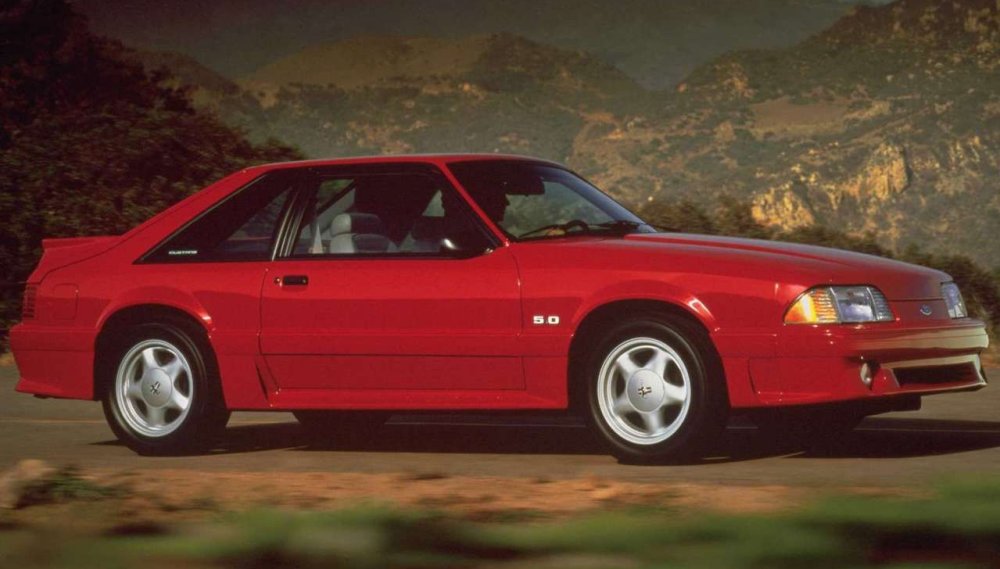Fox Body Mustang: Ford’s Most Underrated Muscle Car
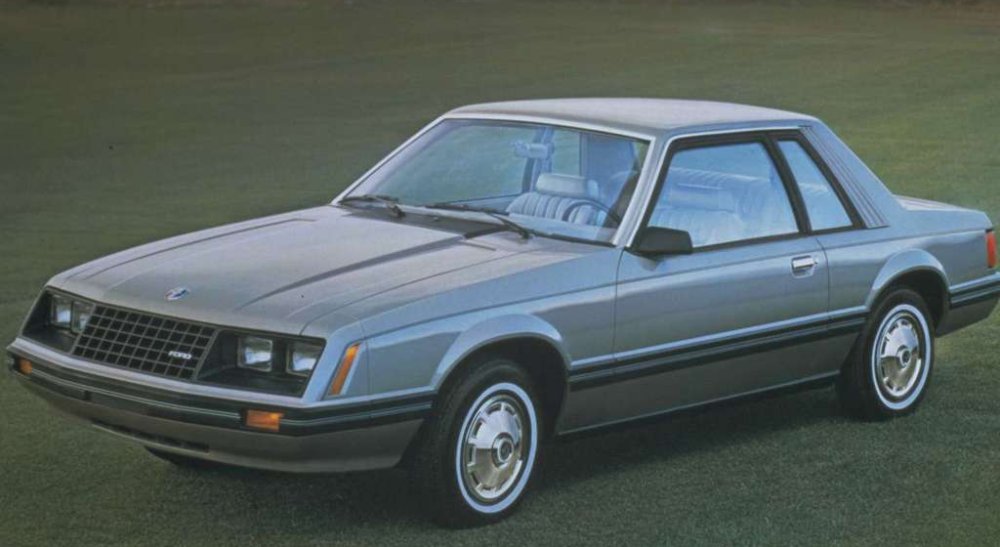
Often criticized for its looks, the third generation Mustang was the pioneer of the modern era pony car.
People outside of the Ford community are often quick to badmouth the Fox Body Mustang for a variety of reasons, but when you discuss American performance cars from the 1980s, the five-o-powered pony car was one of the leaders of the pack. Even today, decades after the Fox Body was first introduced, you are guaranteed to see at least a few examples of this generation of the Mustang during any trip to the drag strip.
The folks at AutoClassics.com recently did a piece looking at the history of the Fox Body Mustang, providing us with a look at the unique features while also looking at the car that almost served as the follow-up to the 1979 through 1993 pony car.
The 1979 through 1993 Ford Mustang offered a modern look and affordable performance, making it one of the most popular American performance cars of the era. The fact that they sold so well for those 15 model years has made them readily available and relatively inexpensive in the current market, making these Mustangs the perfect option for a project car.
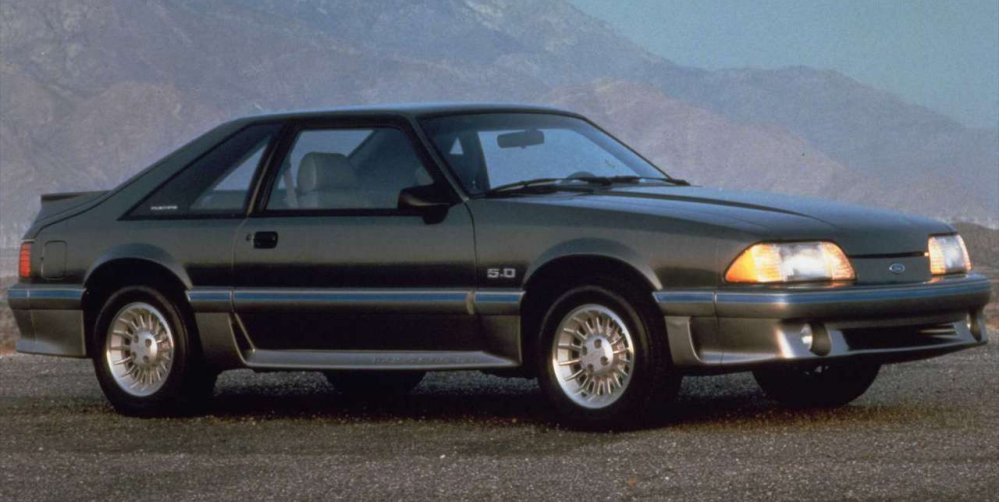
Fox Body arrives
Ford introduced the Fox Body Mustang for the 1979 model year as a replacement for the 1978 Mustang II. The Fox Body design departed fully from that of the previous generations of the pony car, sporting a sleek, angular silhouette and the familiar four-eye front end design. It was completely unlike the previous Mustang, but more importantly, it was unlikely any other American performance car at the time. The Camaro wouldn’t adopt the front fascia design with molded bumpers until 1982, making the Mustang the best competitor for the new-look performance cars coming from overseas.
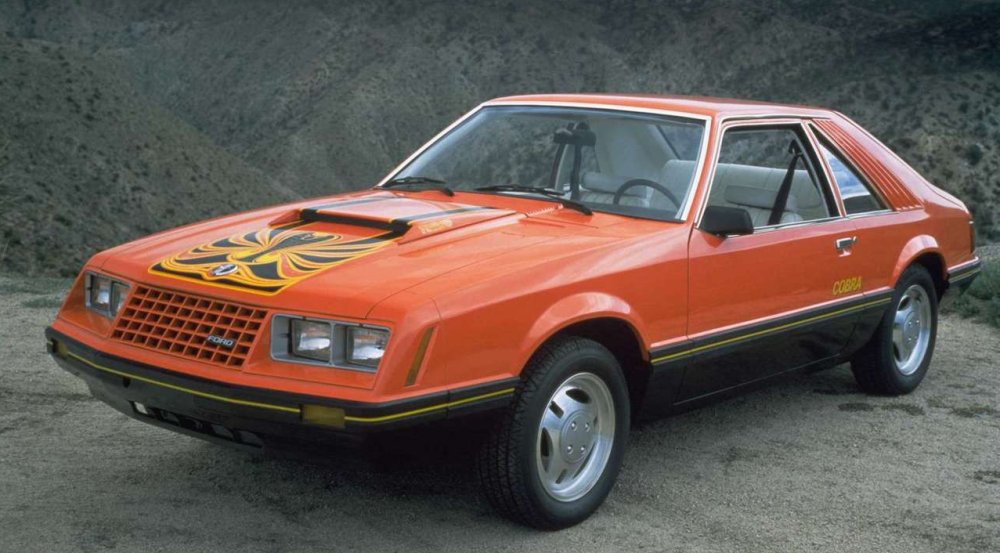
For the 1979 model year, the Fox Body was offered with three engines; an 88-horsepower four-cylinder, a 109-horsepower V6 and the 140-horsepower, 302-cubic inch V8. The 5.0 was killed off in 1980, as the Motor Company moved to a smaller 4.2-liter V8 that offered just 120 horsepower, making it the least-powerful V8 ever offered in a Mustang. During that same period, Ford offered a turbocharged four-cylinder engine with 132 horsepower, making it the top choice for those who wanted the greatest performance.
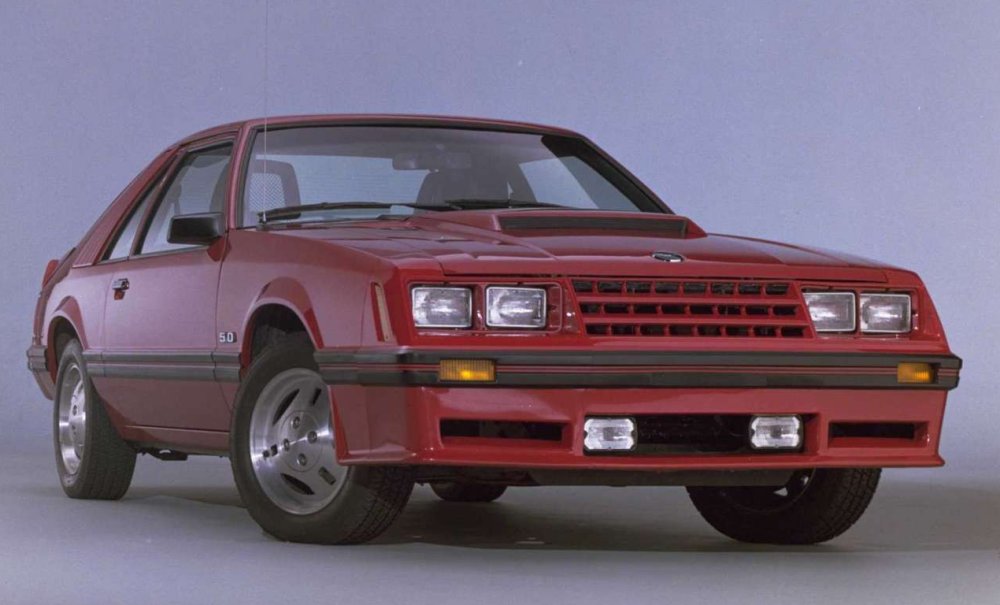
Fortunately, the 5.0-liter V8 returned for the 1983 model year with 145 horsepower and over the next few years, the power levels of the 302 would continue to climb and that climb led to the legendary reputation of the engine and the Fox Body genre.
Nearly Front-wheel-drive
During the Fox Body era, the Motor Company designed a new, front-wheel-drive Mustang that was based on the same chassis architecture as the Mazda MX-6. Fortunately, cooler heads prevailed within the Ford headquarters and the front-drive car was marketed as the Probe. Meanwhile, the SN95 platform would replace the Fox Body for the 1994 model year, once again introducing an entirely new exterior design.

